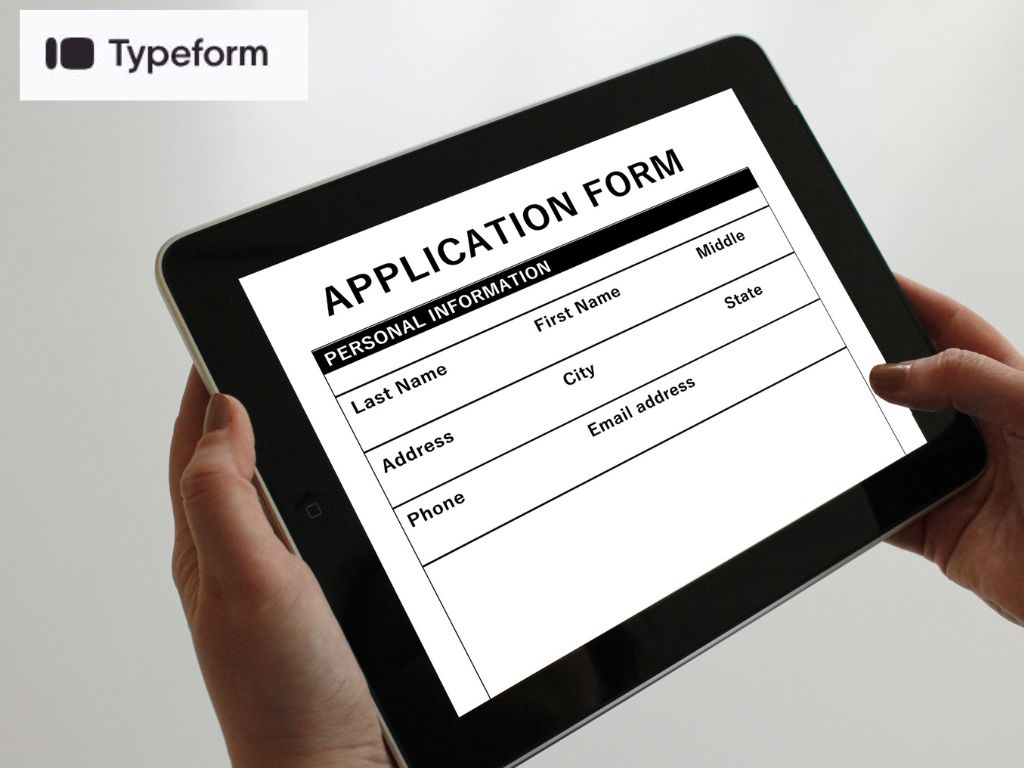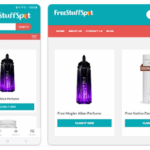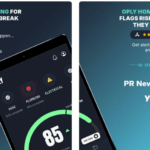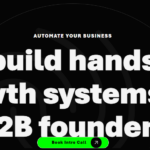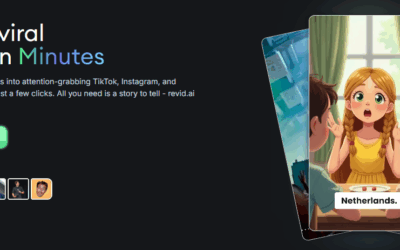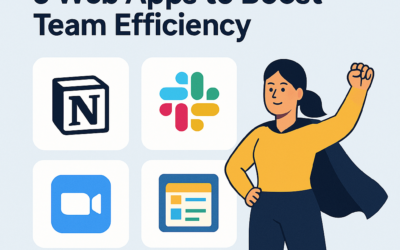In today’s fast-moving digital world, capturing meaningful feedback and building engaging forms can feel like a chore. That’s where Typeform enters the picture. At its heart, Typeform is a modern web-application for building forms, surveys, quizzes and interactive experiences — but it does so with a twist: it focuses on user experience, design, and human-friendly interaction rather than cold, boring question-sheets.
What is Typeform?
Typeform describes itself as a “people-friendly forms and surveys” platform. Unlike traditional form builders that display long lists of fields, Typeform emphasizes one-question-at-a-time, clean layouts, visual polish and interactive flows. It supports a wide variety of use-cases including lead generation, registration forms, customer feedback, employee engagement, quizzes, tests, polls and more. It also provides rich templates, deep integrations with other tools, analytics and automation features.
Why it matters — the UX advantage
In many organizations, form-completion and survey response rates are disappointingly low. People abandon halfway, lose interest or feel the process is tedious. By contrast, Typeform aims to keep participants engaged. The smoother, more conversational format helps build empathy and connection with users: rather than filling in “boring fields,” the user feels like they’re having a light interaction.
On its website, Typeform cites impressive statistics: “96% have a better brand experience”, “95% gather more data, more easily”, “87% reveal deeper data insights”. These kinds of numbers hint that by simply improving how the form is built (and how it feels), businesses can dramatically increase response rates and the quality of data.

Key Features at a glance
Here are a few of the features that make Typeform compelling:
-
Templates & use-case variety: Whether you’re doing a quiz, job-application, event-registration or NPS survey, there are ready-to-go templates.
-
Integrations: Typeform integrates with many popular tools like Slack, Mailchimp, WordPress, Google Calendar and CRMs. This means data flows directly where it needs to go.
-
Automations & contacts add-on: Beyond just collecting responses, Typeform enables workflows — trigger segmentation, send follow-up emails, automate actions.
-
Modern UI/UX: The one-question-at-a-time format, visuals, and interactive style make for better participant experience.
-
Analytics & reporting: Understanding who responded, how, and what insights can be drawn is baked in.
-
Scalability: From individual users to enterprise teams, Typeform supports various plan tiers (Core, Growth, Talent, Enterprise) designed for different sizes and use-cases.
How businesses can leverage Typeform
Here are some concrete ways businesses and teams can make the most of Typeform:
- Lead Generation & Conversion: Use a stylish, conversational form embedded on your website to collect leads. Because the form feels more human, people are more likely to complete it.
- Customer Feedback & NPS: After a purchase or service interaction, send a succinct Typeform survey to gather sentiment, satisfaction and suggestions. The better UI means you might get higher response rates.
- Employee Engagement & HR: Use it internally to ask for feedback, run quizzes for training, collect onboarding information, or measure employee satisfaction.
- Event Registration & Applications: Whether you’re recruiting for a program, running a webinar, or organizing an event, Typeform provides templates that streamline sign-up and reduce friction.
- Quizzes & Interactive Content: To engage your audience for marketing, learning or entertainment purposes, you can build fun quizzes or polls via Typeform which then feed into your content funnel or email marketing.
- Data Automation & Workflow: Because it integrates and triggers actions, you can build a workflow: a user fills a form → Typeform sends data to your CRM → triggers a welcome email → assigns a salesperson. This closes the loop.
Why Typeform stands out
What distinguishes Typeform from simpler form builders? Here are a few thoughts:
-
Focus on experience: Many form builders optimise for speed of building; Typeform places more emphasis on the participant’s experience — which matters if you care about completion and brand impression.
-
Wide use-case flexibility: From marketing to HR to customer success, it’s not just “survey tool” but “interactive form platform”.
-
Ecosystem & integrations: The ability to plug into a larger workflow means it becomes more than a standalone tool.
-
Better data results: As noted, many users report better brand experience and higher completion rates just by switching to Typeform.
-
Templates + design-first approach: By providing good design by default, you don’t have to build everything from scratch or compromise on aesthetics.
Some practical tips for getting the best out of Typeform
-
Start simple: Begin with a template close to your use-case (e.g., event registration or NPS survey) and customise only as much as needed.
-
Keep it short and friendly: One-question-at-a-time feels less daunting — only ask what you need.
-
Use logic and branching: Avoid irrelevant questions by showing/hiding based on answers — this improves completion rates.
-
Embed nicely in your site: Typeform can be embedded or used as a standalone link; ensure it matches your brand look and feel.
-
Make use of integrations: Set up flows so that responses automatically feed into your CRM, email tool or analytics platform — this turns raw data into action.
-
Analyse and iterate: Check completion rates, drop-off points, responses — refine your form for better effect.
-
Brand the experience: Use logos, custom colours, friendly language — the nicer the experience, the better the perception of your brand.
Final thoughts
If you’re looking for more than a basic form builder — if you care about brand experience, participant engagement, and turning responses into meaningful action — Typeform is a strong contender. It combines the aesthetic, intuitive experience many users love with the underlying power of templates, integrations, automations and analytics. Whether you’re a marketer, HR lead, product manager, or educator, Typeform offers a way to make the data-collection process less of a chore and more of an experience.

